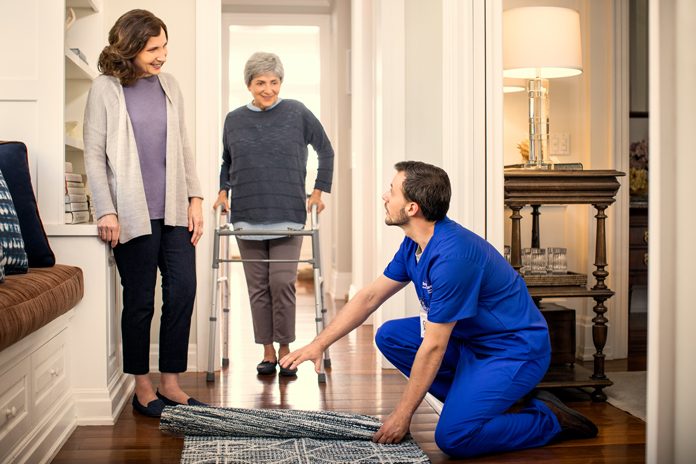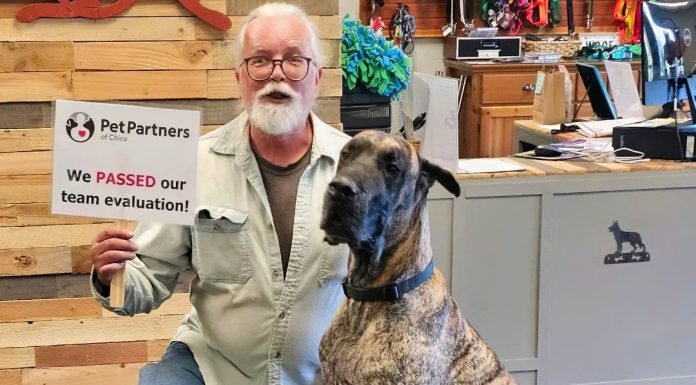As we approach fall, it’s time to start thinking about a different kind of fall – one that we don’t want to experience – a fall that could cause injury. Many older adults have a healthy fear of falling as they realize the consequences can span anywhere from aches and pains to a hospital admission. Research suggests that about 25% of older adults who fall never regain their former function, and a similar percent have a reduced lifespan. A fall can also trigger discussion of whether the older adult should continue living independently and this can lead individuals to hide the fact it happened.
It’s critical that older adults talk openly about a fall so that they, their families and their care teams can investigate the causes and work collaboratively to reduce the likelihood of another fall or if there is another fall, to reduce the likelihood of injury.
Falls are considered prodromal in the elderly, meaning, that a fall is often the predictor of something else going on. The list of what can contribute to a fall in an older adult is quite long. I like to think of fall risks as external and internal. External fall risks are largely environmental and include things like uneven or slippery surfaces, poor lighting, lack of handrails or assistive bars, the presence of throw rugs that slip, excess clutter that compromises a walking path, but can also include things like pets, footwear, medical devices especially those that have tubing or cords that may present a trip hazard.
Internal risk factors are largely related to common changes in aging or the consequence of acute illness or chronic disease and include decreased vision, decreased hearing, slowed reflexes, stiffness in joints and ligaments that compromise posture and center of gravity, dehydration, infection, altered blood chemistries, low blood counts, fluid retention, postural blood pressure changes, medication side effects/interactions, and more – the list is extensive and underscores the importance of having a good healthcare team who understands aging and investigates the many potential contributing factors to a fall.
Each year, one in three adults ages 65 and older falls. The results can have a real impact on their health. Understanding the 5 WHYS are crucial.
- Medication related: This means side effects that increase risks. You should know their medication details, give regular reminders and pay special attention when things are adjusted. At BrightStar Care there are Registered Nurses that oversee these strategies, so that the fall risk decreases.
- Illness, fatigue, or weakness: On low-energy days, the goal is to keep going. Nurses can play a huge role in overseeing a plan of care. Our caregivers are trained in fall prevention and know the dos and don’ts. Whether it’s a brisk walk around the park or encouraging them to eat to stay hydrated.
- Lack of physical fitness: People who have fallen before can have a fear of exercising and exerting too much. BrightStar Care’s professional caregivers can assist with an established exercise regimen to help reduce the likelihood of falls.
- Home environment: It’s important to have a safe space – by simply reducing tripping hazards, such as rugs. At BrightStar Care, we follow Joint Commission National Patient Safety Goals for home environments, meaning we do assessments that will reduce falls – we recommend support bars where needed, etc.
- Chronic conditions: Symptoms of pneumonia, diabetes, heart failure, and other conditions can cause falls. It’s important to know the disease in order to spot the red flags. We have resources to help loved ones and clients understand and manage specific health needs, so that they stay healthy and up on their two feet!
Enjoy the season of fall by taking steps to prevent an unnecessary fall – you’ll be glad you did!
























